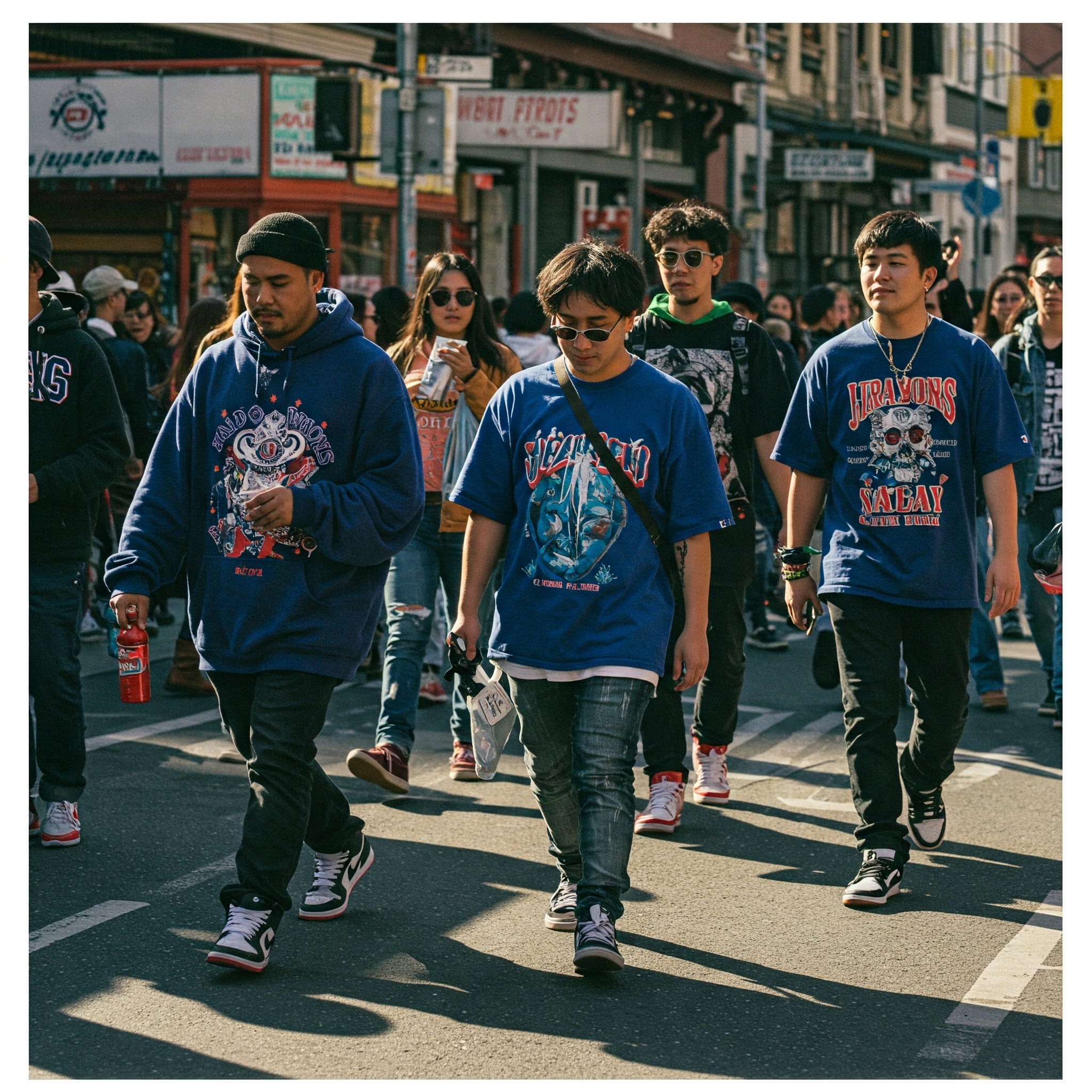No products in the cart.: $0.00
The Rise of Sustainable Fashion: Dressing with Conscience in a Changing World

In an era of increasing environmental awareness and social consciousness, the fashion industry, long criticized for its detrimental impact, is undergoing a significant transformation. The rise of sustainable fashion represents a growing movement towards clothing production and consumption practices that minimize harm to the planet and its people. It’s a holistic approach that considers the entire lifecycle of a garment, from raw material sourcing to disposal.
The environmental impact of the traditional fashion industry is undeniable. Fast fashion, with its emphasis on cheap, trend-driven clothing and rapid production cycles, contributes significantly to pollution, waste, and resource depletion. The use of synthetic materials derived from fossil fuels, the intensive use of water and chemicals in textile production, and the vast amounts of clothing ending up in landfills pose serious environmental challenges.
Beyond environmental concerns, the social impact of the fashion industry is also a critical aspect of the sustainability movement. Unsafe working conditions, low wages, and the exploitation of garment workers in many parts of the world have brought ethical considerations to the forefront of consumer consciousness.
Sustainable fashion seeks to address these issues through a variety of approaches. One key aspect is the use of sustainable materials. This includes organic cotton, which is grown without harmful pesticides and fertilizers; recycled fibers, which reduce waste and the need for virgin resources; and innovative materials derived from sources like bamboo, hemp, and even agricultural waste.
Another crucial element of sustainable fashion is promoting ethical production practices. This involves ensuring fair wages, safe working conditions, and the respect for human rights throughout the supply chain. Brands committed to ethical production often prioritize transparency and traceability, allowing consumers to understand where and how their clothes are made.
The concept of circularity is also central to sustainable fashion. This involves designing clothes with longevity and recyclability in mind, encouraging practices like repairing, reusing, and upcycling garments to extend their lifespan and minimize waste. Initiatives like clothing rental services and resale platforms are also contributing to a more circular fashion system.
Consumers play a vital role in driving the sustainable fashion movement. By making conscious choices about what they buy, how they care for their clothes, and how they dispose of them, individuals can collectively influence the industry. This includes opting for quality over quantity, supporting brands with transparent and ethical practices, and embracing practices like mending and swapping clothes.
The rise of sustainable fashion is not just a trend; it represents a fundamental shift in values and a growing recognition of the interconnectedness between fashion and the planet. While challenges remain in scaling sustainable practices across the entire industry, the increasing awareness and demand for more responsible fashion offer a glimmer of hope for a more environmentally and socially conscious future.
In conclusion, the rise of sustainable fashion is a crucial response to the environmental and social costs of the traditional fashion industry. By embracing sustainable materials, ethical production, circularity, and conscious consumption, individuals and brands can collectively work towards a more responsible and equitable fashion system. Dressing with conscience is no longer a niche concept but a growing movement that promises to reshape the future of how we create, consume, and interact with our clothes.



